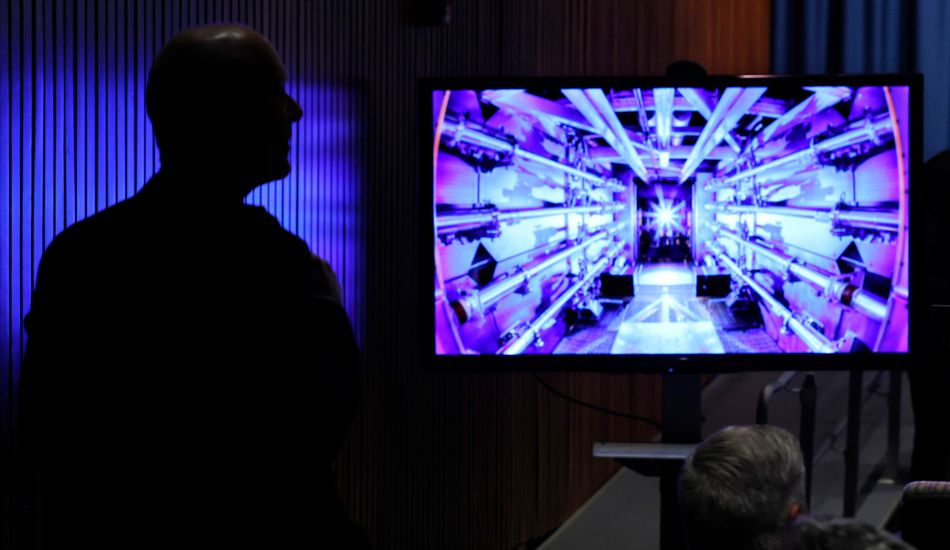
Fusion Energy by 2030s? US Unveils Roadmap, Funding Still in Question
The US Department of Energy (DOE) has just laid out a bold plan to make fusion energy a reality in the next decade or so. I'm talking about creating power plants that mimic the sun, merging atoms together to generate clean, abundant energy. Sounds like science fiction, right? But the DOE is serious, envisioning a future powered by fusion by the mid-2030s.
If you think about it, this is a big deal. Unlike today's nuclear plants that split atoms (fission), fusion would fuse them. This means less radioactive waste and no reliance on dirty fossil fuels. It's basically how stars create energy, and the potential is enormous.
However, there's a catch, a couple actually. Achieving fusion is incredibly difficult. It requires immense heat and pressure to force atoms to merge, and sustaining that reaction long enough to generate more energy than you put in has been a huge challenge. Scientists finally achieved "ignition" in 2022 using lasers, which was a big step forward.
What's fueling this renewed push for fusion? Well, two things. First, there's the rise of AI. All those data centers needed to train these algorithms consume a ton of electricity, and the tech industry is desperate for cleaner energy sources. Big names like Sam Altman, Bill Gates, and Jeff Bezos are investing heavily in fusion startups, betting on its potential.
Second, the DOE acknowledges it needs the private sector to get this done. The plan is to create partnerships to build the necessary infrastructure, like facilities for producing and recycling fusion fuels. They're also looking at developing stronger materials that can withstand the extreme conditions inside a fusion reactor.
And guess what else is playing a role? You guessed it, AI! The DOE sees AI as a "transformative tool" for fusion research. It can be used to create digital twins of experimental facilities, allowing researchers to quickly test and optimize designs.
Before you get too excited, there's one major caveat: funding. The DOE's roadmap comes with a big disclaimer stating that it's not committing to any specific funding levels. In other words, Congress needs to approve the money before any of this can happen. So, while the vision is there, the financial backing is still uncertain. Despite all this, it's still exciting to see the progress, even if it takes longer than expected!
Source: The Verge